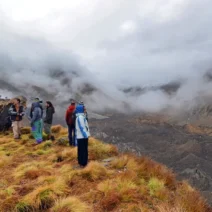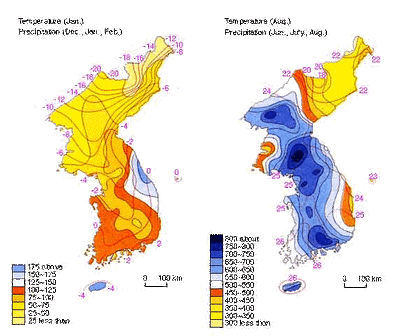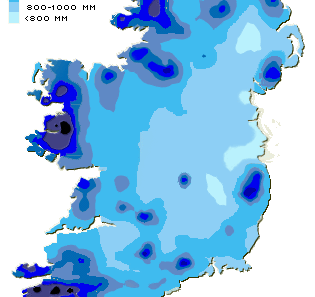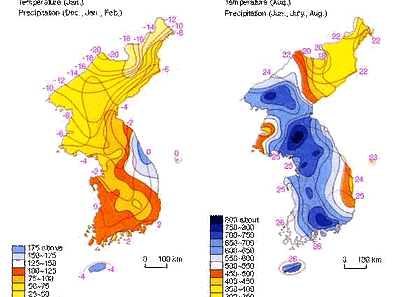As the sun hangs in the sky like a silent sentinel, we find ourselves at a crucial juncture in human history. The possible outcomes of climate change are akin to the flutter of a butterfly’s wings; seemingly small actions can have colossal consequences. The question looms large: will we survive climate change?
To explore this inquiry, we must first delve into the matrix of consequences wrought by our industrial actions. Climate change is not just an impending threat; it has already begun to manifest in tangible forms. Our earth, an intricate tapestry of interwoven ecosystems, is unraveling at an alarming pace. Glaciers retreat like ancient giants succumbing to time, while seas swell with the tears of lost terrains. This relentless warming acts as a maestro, orchestrating natural disasters—hurricanes, wildfires, droughts—that wreak havoc on human settlements, wildlife, and even agriculture.
Climate change is, in essence, a multifaceted conundrum. Its threads weave together environmental degradation, economic instability, and sociopolitical upheaval, creating a Gordian knot that threatens to strangle our future. Rising temperatures lead to agricultural challenges, with crop yields fluctuating like the capricious temperament of the wind. This fluctuation fuels a cycle of food scarcity and increased prices, disproportionately affecting those in impoverished communities. Here we see a stark contrast; those who contribute the least to global emissions often bear the brunt of climate-related ramifications.
Consider the metaphor of a ship lost at sea, battered by waves. That ship represents our planet, adrift amidst tumultuous waters stirred by human actions. It can be guided back to safe shores, but only through collective action and unwavering commitment. This realization sparks a flurry of questions: What must we do to navigate these treacherous waters? How do we collectively hoist the sails of sustainability?
To steer clear of disaster, we must harness innovative technologies and adopt sustainable practices. Renewable energy sources such as solar, wind, and hydroelectric power stand as beacons of hope—like lighthouses guiding ships to safety. Transitioning from fossil fuels to clean energy is paramount. This transformation not only mitigates carbon emissions, but also cultivates economic opportunities, creating jobs in emerging fields that are crucial to our ecological renaissance.
However, technology alone cannot save us. Behavior modification is equally crucial. Each individual plays a role in this grand narrative; think of it as the collective heartbeat of a larger organism. Small changes, such as reducing meat consumption or utilizing public transportation, can accumulate over time to create significant shifts in demand and consumption patterns. The power of consumer choices should not be underestimated. When society embraces eco-friendly practices, businesses will respond, adjust their operations, and eventually optimize their impact on the planet.
On the political front, we encounter hurdles as well—an intricate dance of governance and policy. Governments must implement policies that prioritize sustainability and climate resilience, enacting regulations that compel industries to reduce emissions. The Paris Agreement, though a frail commitment, serves as the foundation upon which we can build. It compels countries to set ambitious climate goals, fostering a sense of accountability. As nations collaborate, they can fortify their strategies, sharing resources and knowledge akin to a synchronized ballet.
Moreover, education plays an invaluable role in this endeavor. Like seeds scattered across the soil, knowledge can germinate into action, cultivating a society well-versed in the challenges posed by climate change. Integrating climate education into curricula will empower future generations to champion the cause, fostering a collective consciousness rooted in sustainability. As they grow, they will carry forward the torch of environmental stewardship, illuminating paths that lead us to a more resilient future.
However, despair can sometimes cloud our vision, like a thick fog shrouding the horizon. It is crucial to recognize that while the path ahead is fraught with complexities, hope is not lost. Nature, in its awe-inspiring resilience, offers glimpses of recovery through reforestation initiatives and conservation efforts. Ecosystems have the capacity to heal when given a chance, like a phoenix rising from the ashes. Community-led projects to restore wetlands or rehabilitate forests signify that grassroots movements can ignite broader environmental justice.
Yet, we must confront a stark reality—Climate change is an irrepressible force. Its impacts will manifest even if we collectively resolve to change course. The question shifts, therefore, from “Will we survive?” to “How will we adapt?” Crafting a future requires strategies that encompass mitigation, adaptation, and resilience. Urban landscapes must evolve to include green spaces that absorb rainfall and improve air quality. Coastal cities could invest in robust flood prevention infrastructure, acting as bulwarks against rising tides. Nature-based solutions offer wisdom in navigating our response to climate intricacies.
As we weave this narrative, we must not forget about social equity. Efforts to combat climate change must not further marginalize vulnerable communities. Equity and justice must underpin our strategies to ensure that those most affected by climate change are prioritized and empowered, striking a balance akin to the delicate equilibrium found in nature.
In conclusion, the question of survival amid climate change requires scrutiny from multiple perspectives. Much like a collaborative symphony, the fusion of technology, policy change, education, and grassroots movements can harmonize to create a future where both humanity and the planet flourish. We possess the tools to navigate this storm, but it requires an unwavering commitment to stewardship, unity, and action. The journey is fraught with challenges; yet, together, we can chart a course toward survival—amidst the cacophony of uncertainty, we have the power to become the architects of our destiny.







